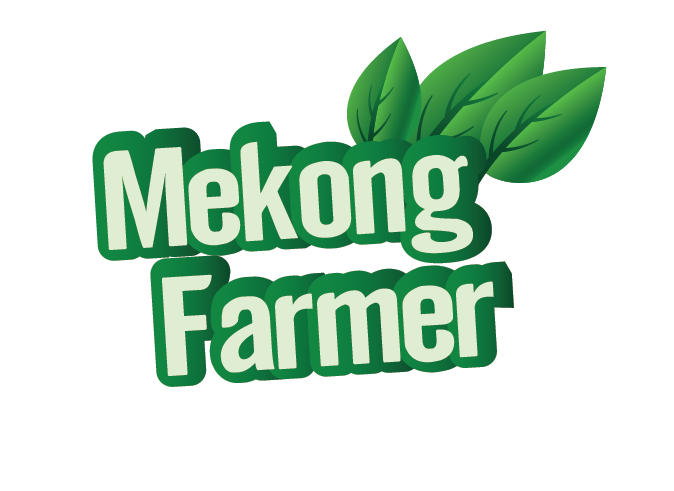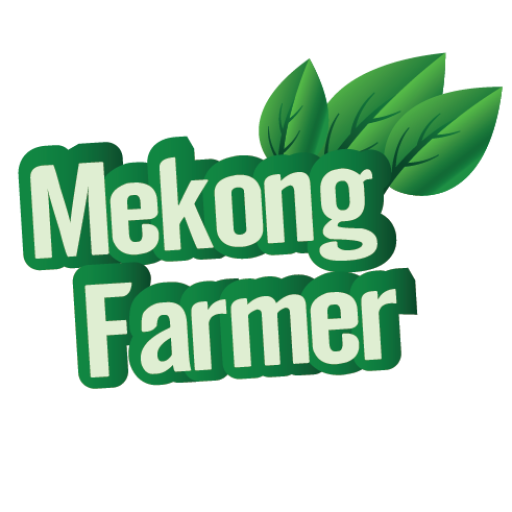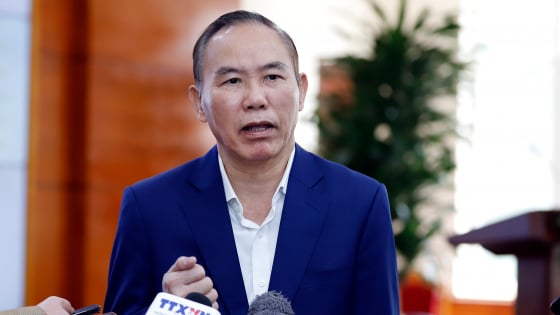(VAN) Deputy Minister Phung Duc Tien: With the US’s new tariff, Vietnamese agricultural products will be directly affected; however, we must remain steadfast and adapt to changing circumstances.
Vietnam continues to consult with US state management agencies
The US President Donald Trump has officially announced the application of reciprocal tariffs on a series of economies, of which Vietnam is subject to a tax rate of up to 46%. This move has sent shockwaves to the global economy, while posing many major challenges to the Vietnamese economy in general and our country’s agricultural products in particular.
Regarding the impact and response measures for the agricultural sector as a whole and the seafood industry specifically, when the US adjusted import tariffs on Vietnam to 46%, Deputy Minister of Agriculture and Environment Phung Duc Tien said that in the market structure of Vietnam’s agricultural products, which have been exported to more than 200 countries and territories, in 2024, the US ranked first with a value of USD 13.8 billion, followed by China with USD 13.6 billion. This structure shows that our advantage is tilted towards the US market.
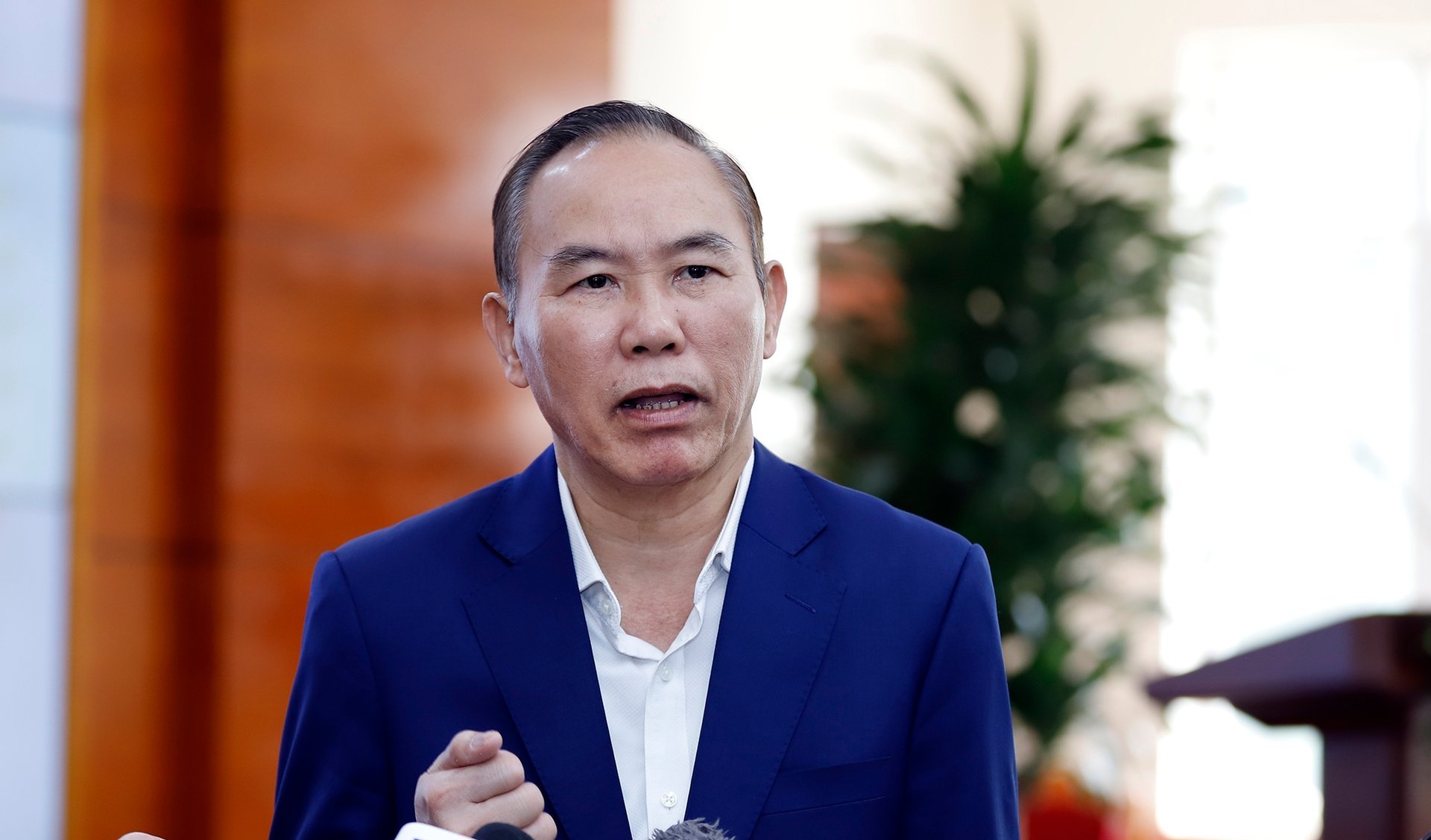
Deputy Minister of Agriculture and Environment Phung Duc Tien said: “We must focus on directing production, how to increase productivity, improve quality, but can lower costs to compete with other markets.” Photo: Khuong Trung.
Vietnamese agricultural products entering the US also face many barriers, such as anti-dumping tariffs and the need to meet equivalent standards, but we we have managed to overcome these challenges.
With the new US’s 46% reciprocal tarif, Vietnamese agricultural products will be directly affected, but we must “remain constant and adapt to all changes”. We must focus on directing production, how to improve productivity and quality, but at the same time reduce costs to stay competitive in other markets.
Certainly, during the tariff imposition process, Vietnam will continue to consult with US State management agencies, since the U.S. remains a comprehensive strategic partner of Vietnam.
Recently, the Government held two discussions on this issue, we will have appropriate solutions. Especially solutions on science and technology to improve productivity and product quality, to meet the criteria, standards and regulations of the US market. On the other hand, we also need to expand other markets, not to depend on any one market.
For example, the Chinese market with 1.4 billion people is the second largest import market for agricultural, forestry and fishery products of Vietnam. Vietnam still has many products that can be exported to China, especially some products that have signed the protocol such as frozen durian, crocodile products… We can further boost exports of crops and seafood to this market.
Similarly, the European market is also large, accounting for up to 44% of Vietnam’s exports. Thus, it is necessary to reorganize production and apply science and technology in line with Resolution No. 57 of the Politburo, issued on December 22, 2024, on breakthroughs in science and technology development, innovation and national digital transformation to improve productivity, improve quality, reduce costs, and ensure the standards and regulations of the US market. On the other hand, it is necessary to expand potential markets and advantages for Vietnamese agricultural products.
Recently, the Ministry of Agriculture and Environment (MAE) held a meeting on the growth target for the agricultural sector of 4% in 2025. By the end of the first quarter, growth is projected to reach 3.69%. Typically, the second quarter sees higher growth than the first, and the fourth quarter surpasses the third. Our initial growth target for Q1 was 3.7%, and we have nearly achieved it.
Furthermore, the export target for agricultural, forestry, and fishery products this year is set at USD 64 – 65 billion. By the end of the first quarter, we had already reached USD 15.7 billion, marking a 13.1% increase compared to the same period last year.
If there are impacts from the US market, we will need to discuss how to organize and implement our response. The strategic direction is already clear, but the focus now is on how different sectors and industries will execute their plans to achieve the government’s assigned targets.
Renewing the momentum of shrimp and fish sectors
Regarding the seafood industry, the Deputy Minister said that in the seafood export structure, the export value of seafood products in the first 3 months of 2025 to the US market reached over USD 300 million, the rest was to the European market, China, Japan and other markets. Therefore, we need to review the structure of each industry, for example, the two key industries are pangasius and shrimp.
Vietnamese shrimp has an output of 1.3 million tons per year, exporting USD 4.3 billion, while pangasius has the world’s “ceiling” productivity with an output of 1.65 million tons, worth over USD 2 billion.
We need to discuss carefully about renewing the driving force of these two industries. For the shrimp industry, to compete with India and Ecuador. As for pangasius, it already has an advantage, so we continue to promote this advantage.
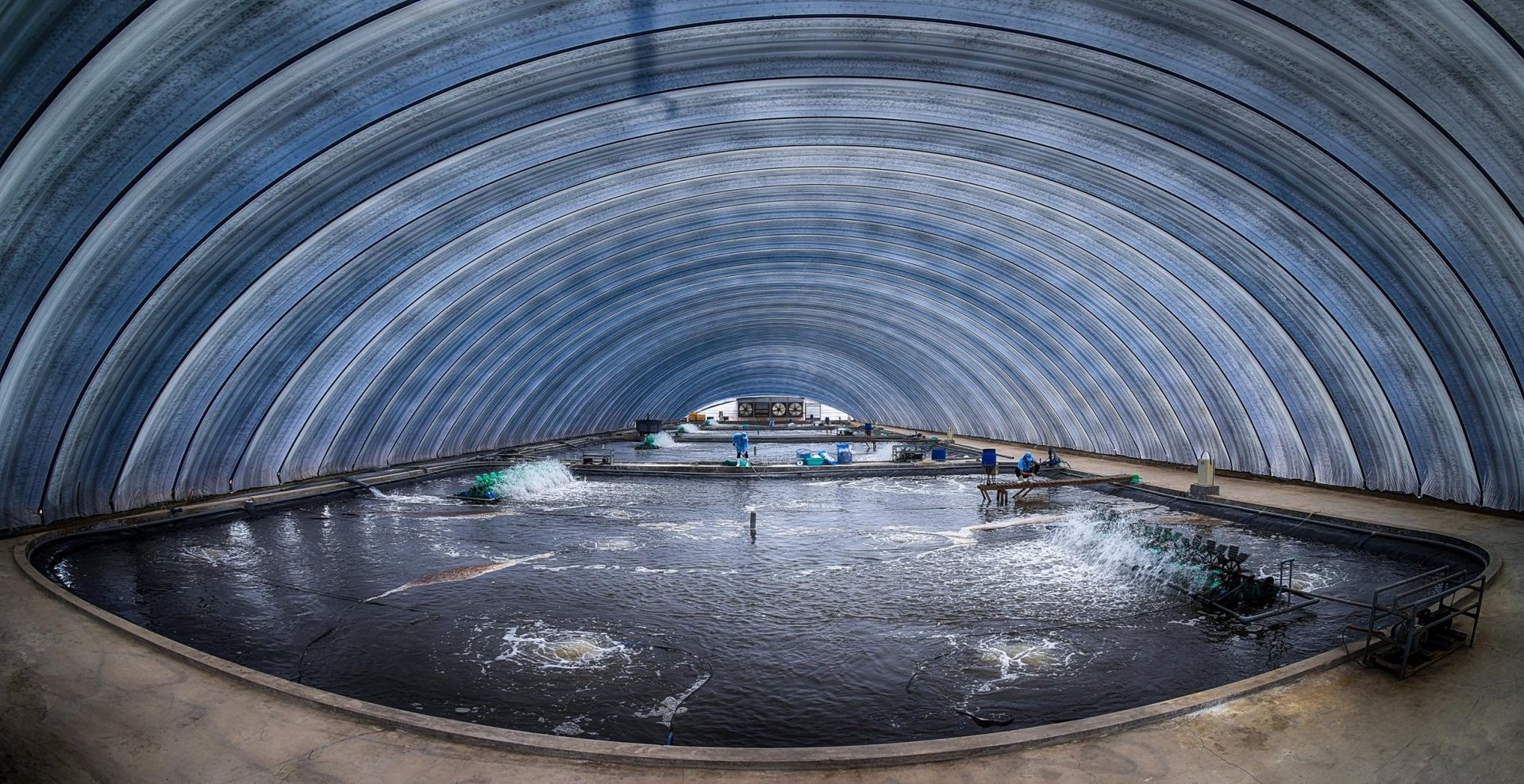
It is necessary to have a thorough discussion on revitalizing the driving force of the shrimp and pangasius industries. Photo: Hong Tham.
We must dissect it thoroughly to ensure that the US still recognizes it as equivalent to pangasius. And with shrimp, in the past two years, the US has come to inspect food safety, and we have ensured it.
At the same time, export shipments need to minimize violations of heavy metals, microorganisms, and antibiotics so that we can maintain the market.
With 740,000 hectares of shrimp farming, we must switch to intensive farming because intensive farming can reach 60 tons/ha, while extensive farming in earthen ponds can only reach 6 tons/ha. Therefore, we must increase productivity, ensure the quality of the fry, reduce feed consumption, increase survival rate, and have high uniformity in output…
As for pangasius, we need to perfect the breeding system. Each year, the Mekong Delta needs 4.5 billion pangasius fry, while Vietnam has only researched 2 lines of pangasius and the breeding research stage still has many difficulties that have not been implemented.
“In short, each field has its own obstacles that need to be resolved. One is to improve capacity, two is to proactively integrate, three is to increase output as well as value, thereby contributing to the export target of USD 65 billion this year and the following years,” Deputy Minister Phung Duc Tien emphasized.
Agriculture News | Agri Products Price
